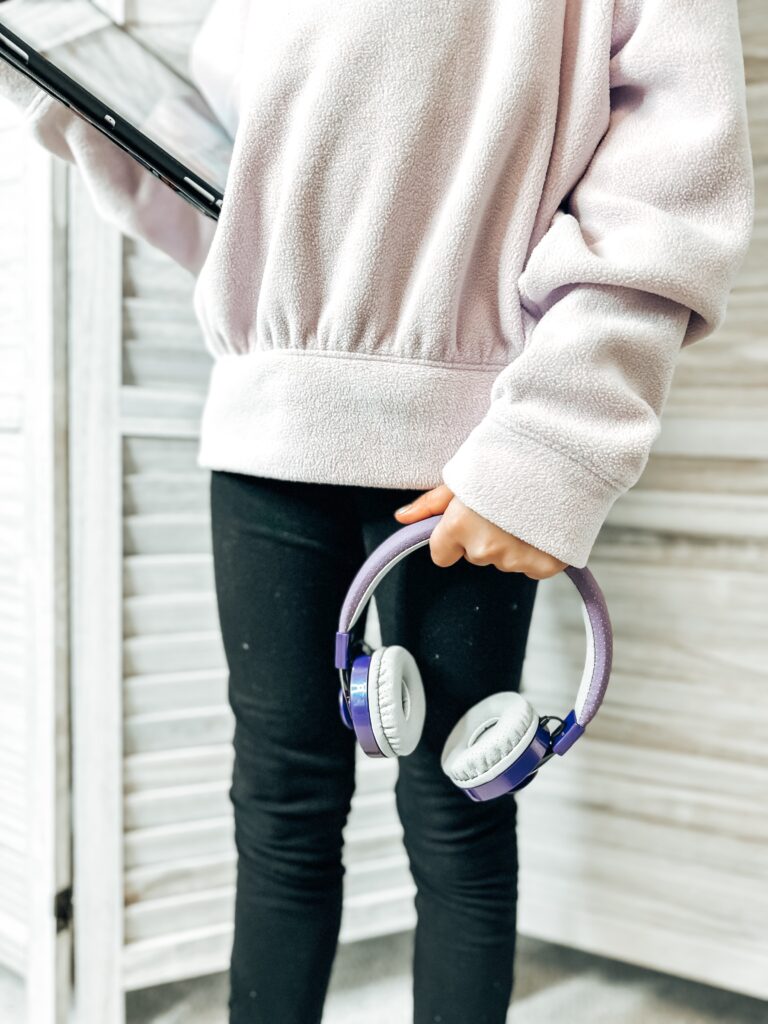Creating a sensory-friendly environment is essential for fostering proprioceptive development, particularly in children who may have sensory processing challenges or need a more structured approach to sensory integration. The proprioceptive system, which informs the brain about the body’s position, motion, and equilibrium, can be greatly enhanced through carefully selected activities and deliberate environmental adaptations. By offering an array of proprioceptive activities for kids, parents, and educators can provide the necessary stimuli to help enhance body awareness and motor skills.

A sensory-friendly space provides an optimal backdrop for proprioceptive growth, incorporating elements that reduce sensory overload and facilitate concentration and learning. This kind of environment can be especially beneficial in educational settings, where distractions can be minimized to allow for better focus on tasks. Crafting such a space does not have to be complicated; simple changes and the addition of specific sensory inputs can make a significant difference. Engaging in activities like pushing, pulling, and carrying heavy objects can all contribute to a child’s proprioceptive development in a structured and positive way. However, when creating such an environment and incorporating specific activities, it’s important to consult with the child’s doctor or a relevant healthcare professional. This discussion can help understand the dos and don’ts tailored to the child’s unique needs, particularly if the child has a diagnosed disorder or if you have observed signs that warrant professional attention. Such personalized guidance ensures that the sensory-friendly space and activities are not only effective but also safe and suitable for the child’s specific situation.
Key Takeaways
- Sensory-friendly environments enhance proprioceptive growth.
- Specific activities advance body awareness and motor skills.
- Simple changes to space can reduce sensory overload.
Fundamentals of Proprioceptive Development
Proprioceptive development is critical for body awareness and movement control. This section explores the foundational elements necessary for fostering proprioception in children, particularly those with sensory processing disorder or autism.
Understanding Sensory Processing
Sensory processing refers to the way the nervous system receives messages from the senses and turns them into responses. For those with sensory processing disorder, sensory information may be perceived too intensely, too weakly, or distorted, leading to challenges with body awareness. Proprioceptive input is a type of sensory information that tells the brain where the body is in space. It involves sensations from muscles, joints, and connective tissues that are vital for developing motor skills and spatial orientation.
Importance of a Sensory-Friendly Environment
Creating a sensory-friendly environment is essential to support the proprioceptive development of children. This environment should include various opportunities for children to engage in activities that provide beneficial proprioceptive input. For example:
- Jumping and bouncing: This can be facilitated with equipment like trampolines, which are excellent for meeting the bouncing needs and developing proprioception.
- Crawling: Crawling activities help in enhancing body awareness and can be integrated into play routines.
- Contact games: Physical play that is safe and controlled can improve coordination and proprioception, as can hugs, cuddles, or other physical contact.
- Chores: Assigning tasks such as carrying groceries can provide the necessary pressure on joints to develop proprioception.
Roles of Parents and Therapists
Parents and therapists have pivotal roles in facilitating proprioceptive development. Therapists can identify specific proprioceptive needs and create tailored interventions. They can guide parents on strategies to support their children’s sensory needs within the home environment. Parents can integrate these strategies into daily activities and routines, ensuring that children receive consistent and appropriate proprioceptive input to foster body awareness and motor skills.
By focusing on these fundamentals, parents and therapists can create an effective support system for the proprioceptive development of children, which is key to their sensory processing and overall sensory health.
Creating a Sensory-Friendly Space
When creating a sensory-friendly space, the goal is to tailor the environment to enhance proprioceptive development by addressing individual sensory needs, adapting physical spaces, selecting sensory tools, and integrating sensory activities.
Assessing Individual Sensory Needs
Each individual may have unique sensory sensitivities that require personalized sensory-friendly strategies. It’s important to evaluate factors such as a person’s reaction to sensory input, including their preference for certain textures or their tolerance for noise and light. By understanding these individual preferences, one can customize a space that not only minimizes discomfort but also promotes sensory development.
Adapting Physical Spaces
For a conducive sensory-friendly space, lighting can be adjusted to a level that is comforting and non-invasive to those utilizing the area. Utilizing dimmer switches or color filters can create a calming atmosphere. Creating a quiet space with sound-dampening materials or providing headphones can offer an escape from auditory overstimulation. Furniture like bean bag chairs provides proprioceptive feedback and a secure, grounding sensation.
Selecting Appropriate Sensory Tools
Incorporating sensory tools such as fidget toys, sensory bins, or weighted blankets can provide individuals with the necessary sensory input to remain focused and calm. Therapy balls and resistance bands can be available for those who require heavy work activities to help regulate their sensory system. These items should be accessible and suit the specific needs of the individual.
Integrating Sensory Activities
A well-rounded sensory space includes engaging in sensory play, which is crucial for proprioceptive development. Whether through sand play in a sensory bin or structured heavy work activities like pushing a cart, these experiences are vital. Sensory strategies can be planned into a daily routine to ensure a consistent and beneficial sensory experience, including sensory-friendly strategies that seamlessly blend with other activities without alienating the individual from their peers or desired environment.
Conclusion
Creating a sensory-friendly environment is critical for nurturing proprioceptive development. Thoughtful adjustments to living and learning spaces can reduce sensory overload and foster a calming atmosphere, supporting those with sensory processing challenges. Incorporating elements that provide consistent and appropriate sensory feedback supports better spatial and body awareness. This approach can be particularly beneficial for enhancing motor skills and ensuring a supportive environment for both learning and personal growth.



